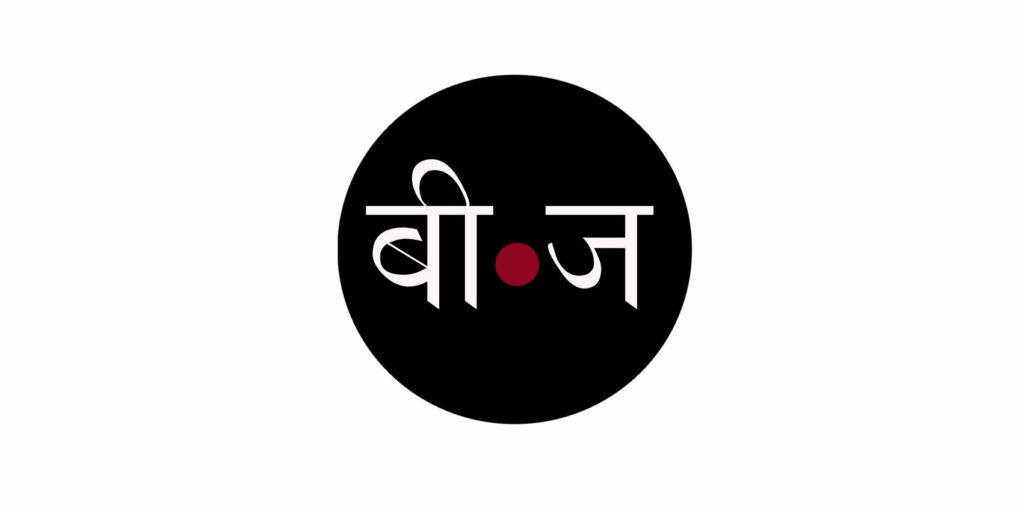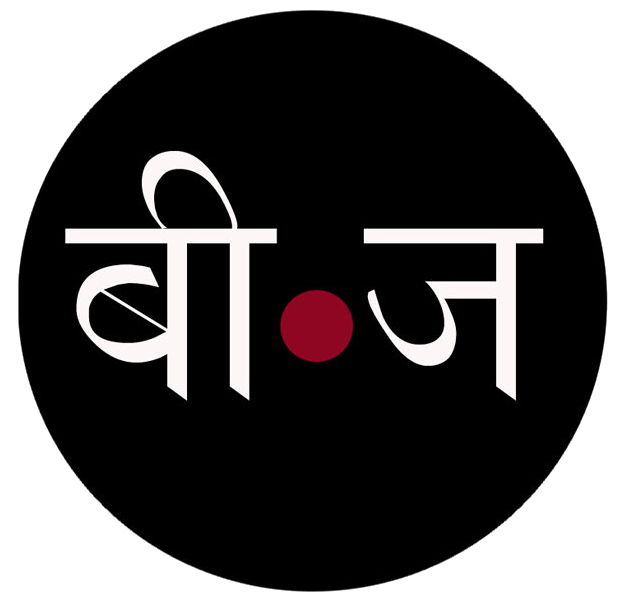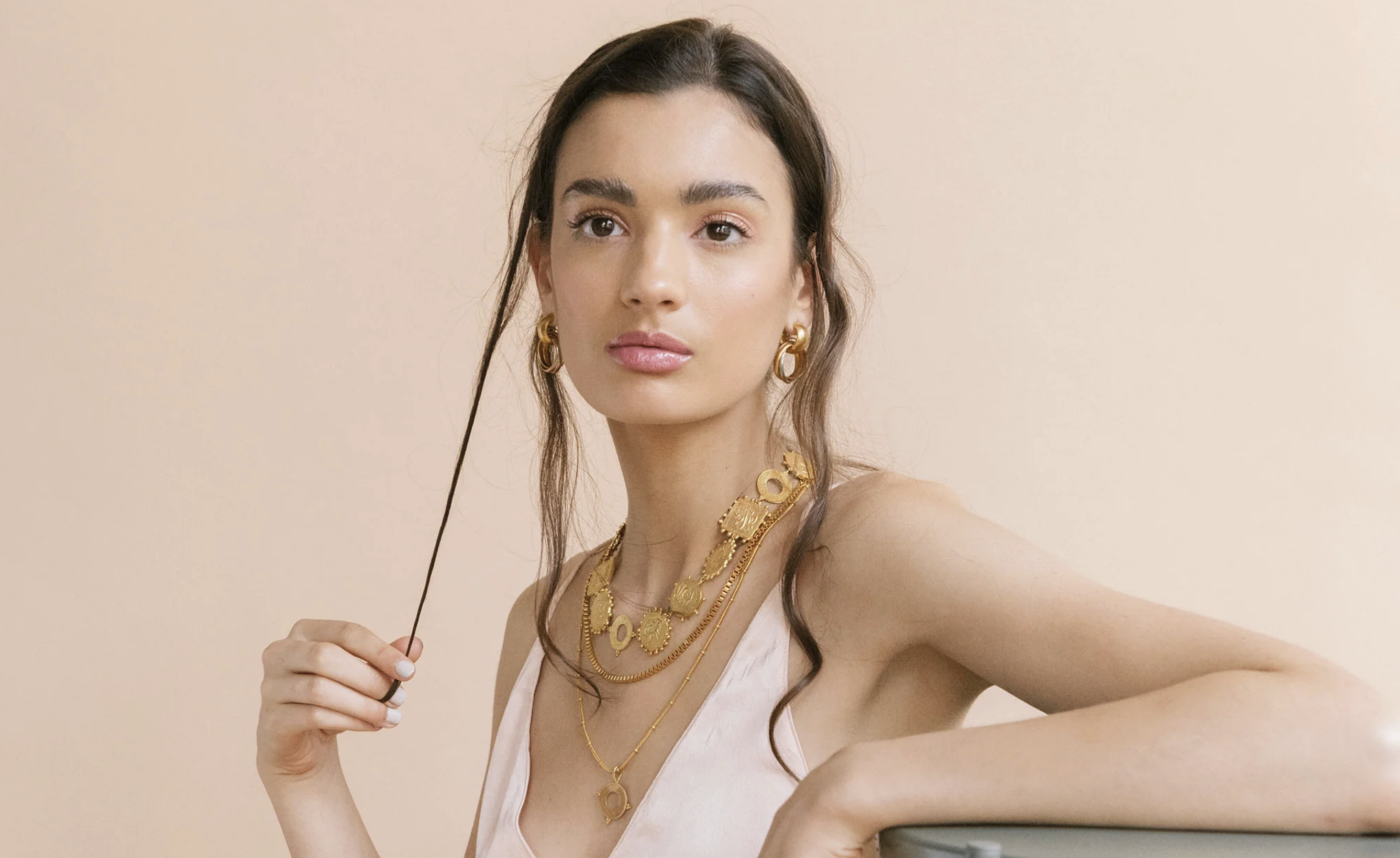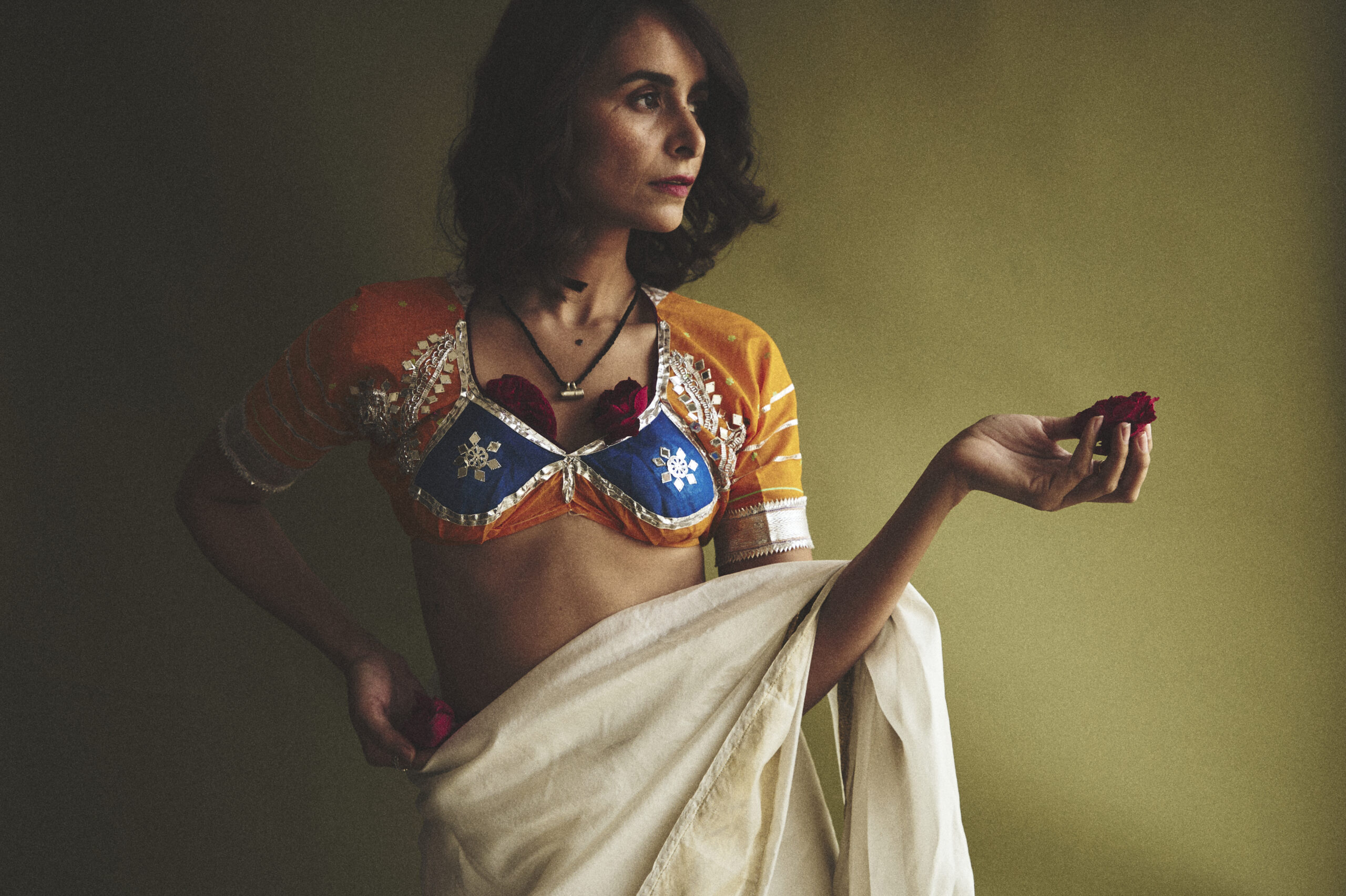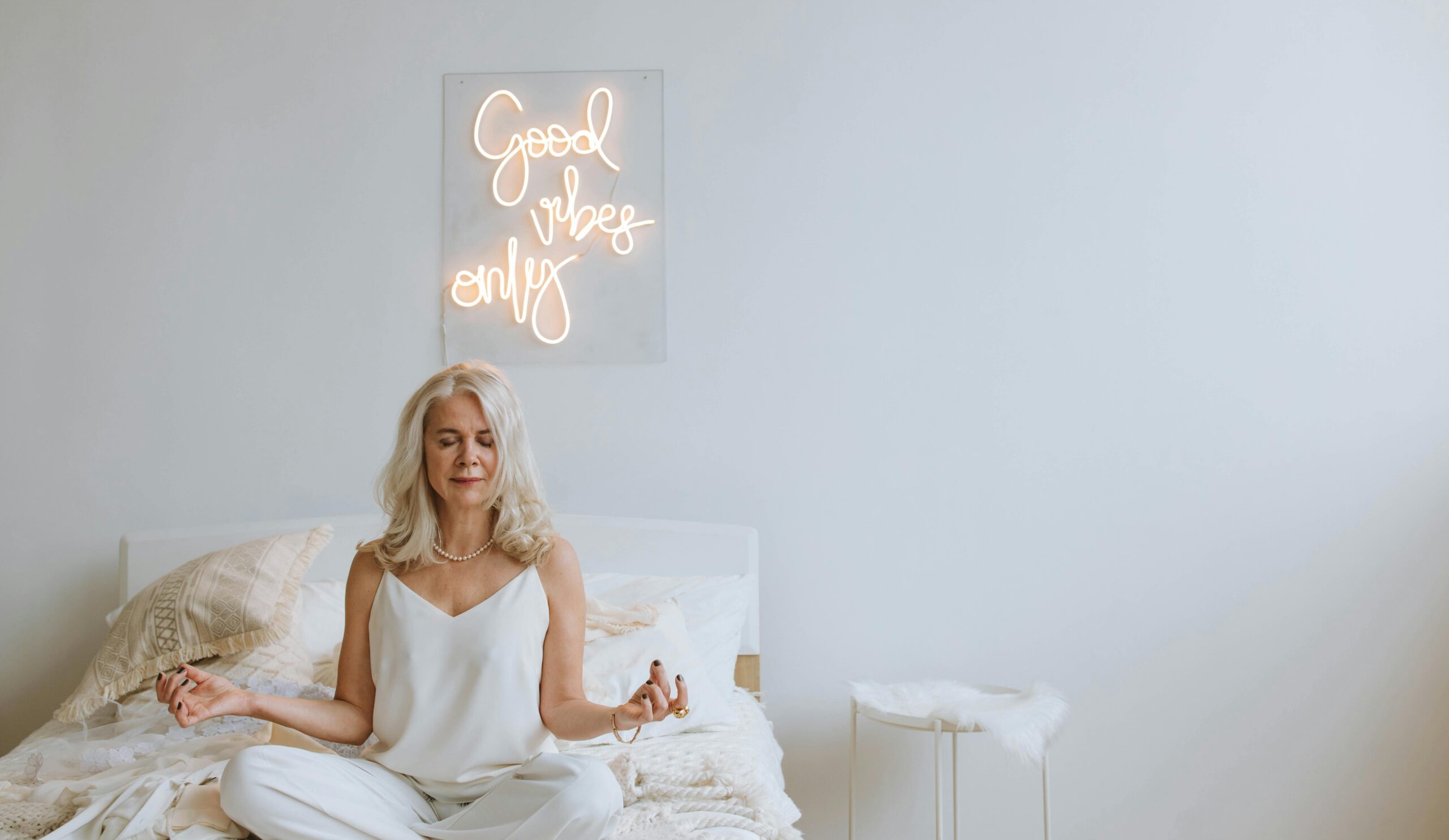Anonymity and the artist: Princess Pea and the Khud Se Pooche campaign
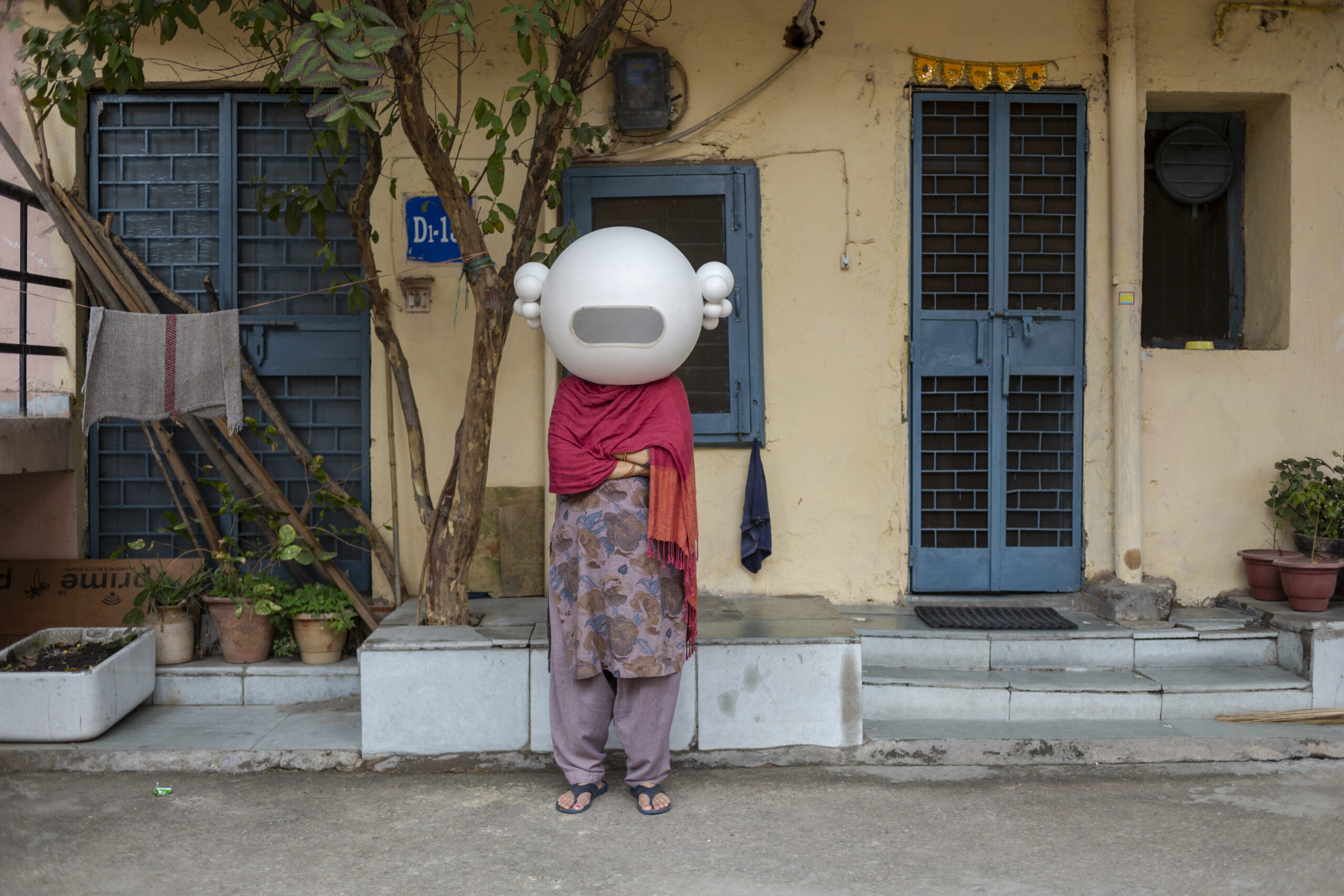
Anonymous visual and performance artist Princess Pea through her contemporary art practices brings to the forefront international issues of tradition, identity and celebrity with an underlying satire on global societal concerns. She presents to the world her alter ego in the form of a ‘living toy’ an anime-style figure that can neither talk, smell nor hear. The practice revolves around the ideas of identity, notions of perfection, self-worth, and further inquires the conflicts between traditional and contemporary roles of women in Indian society.
Princess Pea’s latest project is a collaboration with Khud se Pooche ambassador programme, a women-led collective movement that’s helping women of Patna access dignified healthcare services. Her art-based workshops aimed to lower inhibitions and encourage sharing of personal narratives amongst the attendees, while promoting self-reflection by coaxing out the women’s creative talents. The activities facilitating the discussion on self, self-worth and dignity included the creation of an empathy map to understand an internal and external balanced life better, building a fictional story to encourage problem solving skills, and expressing artistic ideas of dignity from everyday life. Through the workshops, the women worked with Princess Pea to co-create a symbol using textiles, embroidery, and patchwork that represented ‘dignity in healthcare’. For Beejliving, she shares her experience about her anonymity, her artistic practice and her work with different communities of women in India.
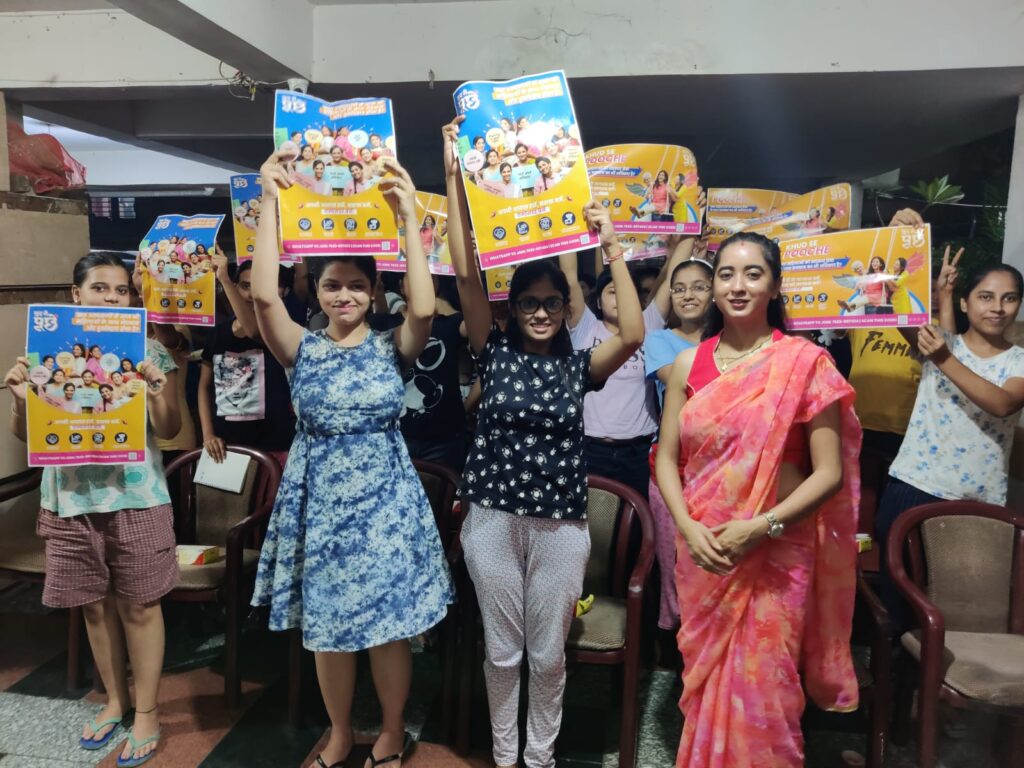
“Trained as a visual artist, I always wanted to work across mediums, and have been interested in the performance aspect of it. I wanted to create another name and create a new entity. Living in this world where everything is accessible, as an artist I found this interesting to be discreet, or unavailable. The idea of anonymity works in itself. Being anonymous gives me immense space and pleasure. As framed by Carl Jung, that the mind is a house to many rooms, as a realization, I have discovered more rooms that I can go into.
To me, anonymity is luxury, a state of self-treat. Personal space to get into. Anonymity gives the power to send the message across, equality in society.
To take this forward, in an essay: I’m Nobody! Who are you? – Mario D’souza, writes
“The thing about the unknown, unnamed, and the anonymous are that they are pseudo-someone. They cannot be identified as someone in particular, because they may also be many and are at least one person. The only thing they can never be is no one. Through her intervention in the historical axis, Princess Pea masks the process of becoming known with the reverse process, (let’s call it) “dis-identification”
Let us begin by defining this non-term that we may further use for the artist (who is at least someone and in some parts everyone). The disintegration of identity is applicable in all the ways of its production – political, social, cultural, psychological, and referential. It is like the agents of history – who in all likeliness were social figures in some way or the other at levels large and small – traced in some form as existence on time, memory, and/or myth. They write it, our history is written on them, though history doesn’t write them in particular, except in terms of the “mass” or the “crowd”. Does this make the artist anonymous to everyone? But wasn’t the artist always embedded in the masses? Weren’t you the artist? Are you the artist?
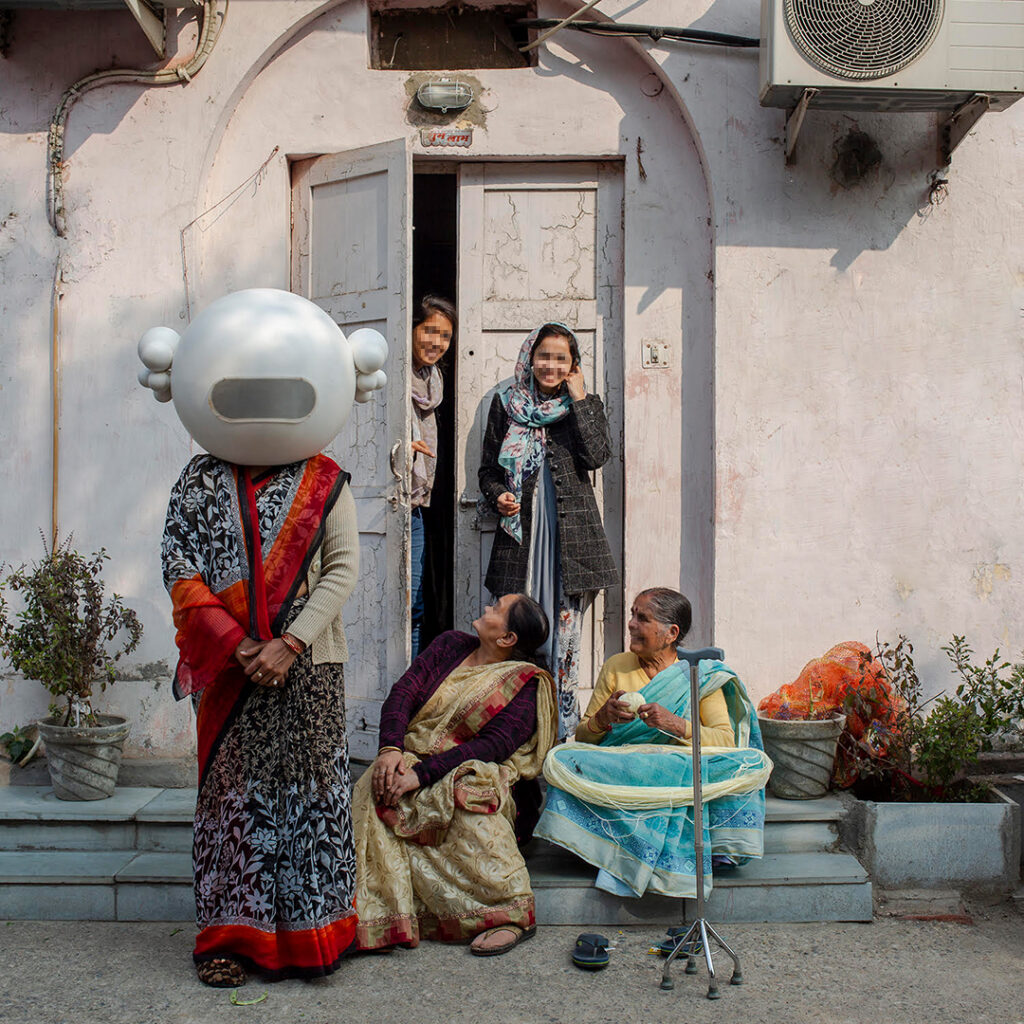
Image Credits – PrincesspeaIndia/ SuryanDang
Socially Engaged Art
The first thing that we must understand as artists is that there is no hierarchy in socially engaged practice. We are all co-participants. Trust is key, as is respect and honesty. I believe socially engaged art is an equal footing. We all contribute towards a better surrounding, understanding, and mutual respect. We bring our shortcomings, challenges and harbor solidarities, imperfect ones at that, but a support structure nonetheless.
Socially engaged art for me must also encourage debate, must know its audience, be accessible and take into consideration the ethical and structural aspects of collaboration. It must focus on different understandings of empathy, ethics, and social justice, while being constantly responsible.
Above all, community projects command time. You have to spend time developing relationships. It’d be a disservice to a community if you just come in and think you can grasp all the complexities of a place in a short time. To me, a community art project must strive to constantly harbor leadership and also equip all the participants to think about the sustainability and continuity of the project.
I am trying and hope my projects are site-specific or situational work, embedded in reality and not only in the idea of “artistic production”. I have increasingly made peace with my work being moments – relevant and real, rather than elaborate gestures without a meaningful afterlife.
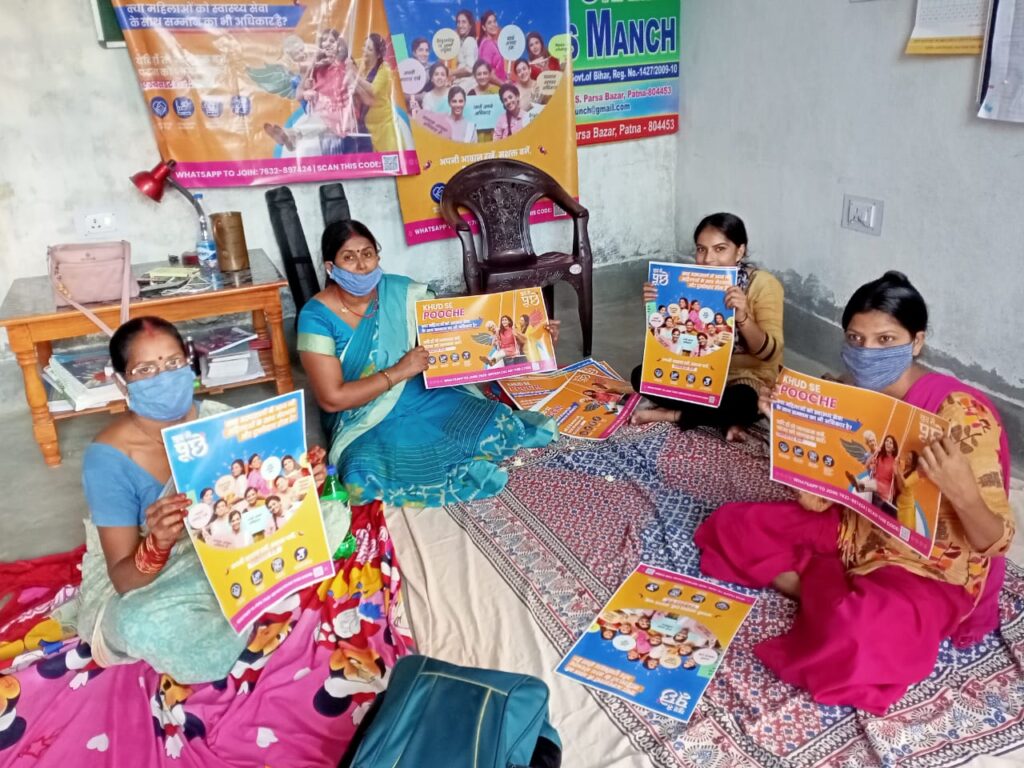
Khud se Pooche and dignified healthcare
The idea was to collect a set of knowledge by sharing, accessing, passing, daily rituals, and respecting the gestures of vulnerability, making the neglected comfortable! This exercise is an attempt to bring women closer, make them see themselves differently but respect their beliefs, and install new ideas through each other’s life expectancies. The plan is to build trust, engage in a dialogue of empathy, address fragility, be inclusive and comprehensive.
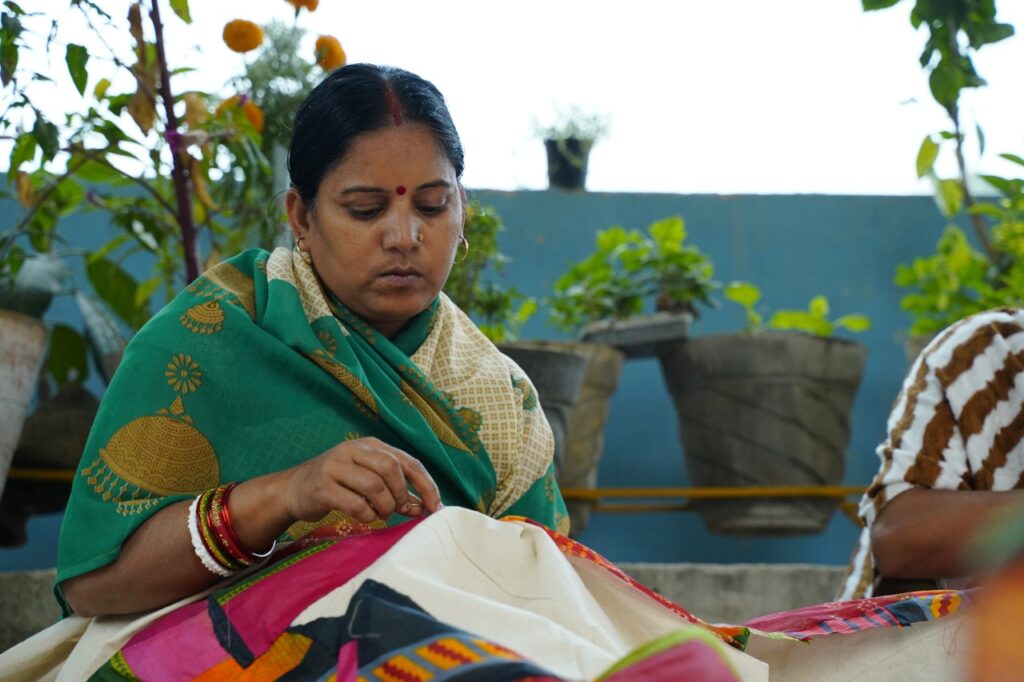
Women introspect and self-explore the meaning of dignified healthcare through this self-reflective journey. They also are encouraged to ask for what they need, engage with other women, and build a collective voice of defining dignity in healthcare.
The creative process is to have conversations with women. The three workshops in the Hindi language communicated with the protagonist to co-create the symbol (for the project). The workshop module was a combined worksheet of Personality and Empathy mapping, along with story building)
To have a heart-to-heart conversation with these women the most important factor is to make them comfortable. Over the years with the experiences, I shared with women who have suffered abuse, suffer poor physical and mental health helped me conduct these three workshops in such a manner that it opened up their inhibitions. We started with an introduction from each woman, their likes and dislikes in simple areas of life. Making them aware of ideas of self-care, self-worth, dignity, and respect.
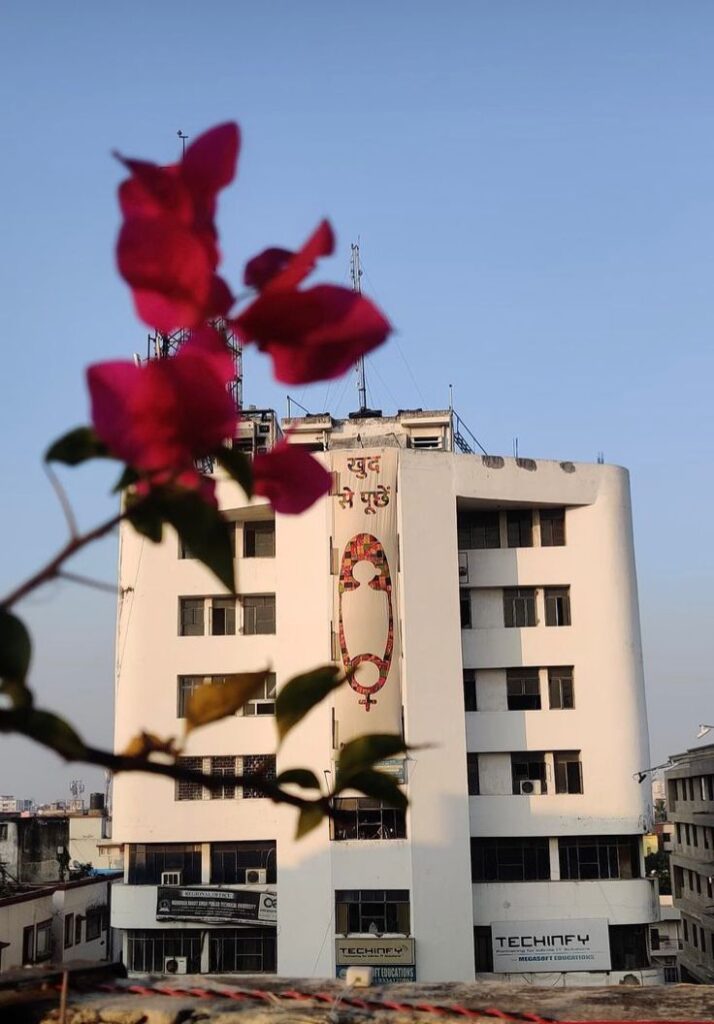
The future is female
The women of the 21st century are unapologetic and unabashed. Over years I have engaged with some amazing women who are so self-assured. Though there is a percentage of them who need assurance, but they stand by each other as a community to face their issues.
In the future, I’ll be working on more launches of the upcoming limited edition sculpture series, partner with like-minded collaborators and continue to support women through various opportunities.
Banner image credits: Princess Pea India / Suryan Dang
